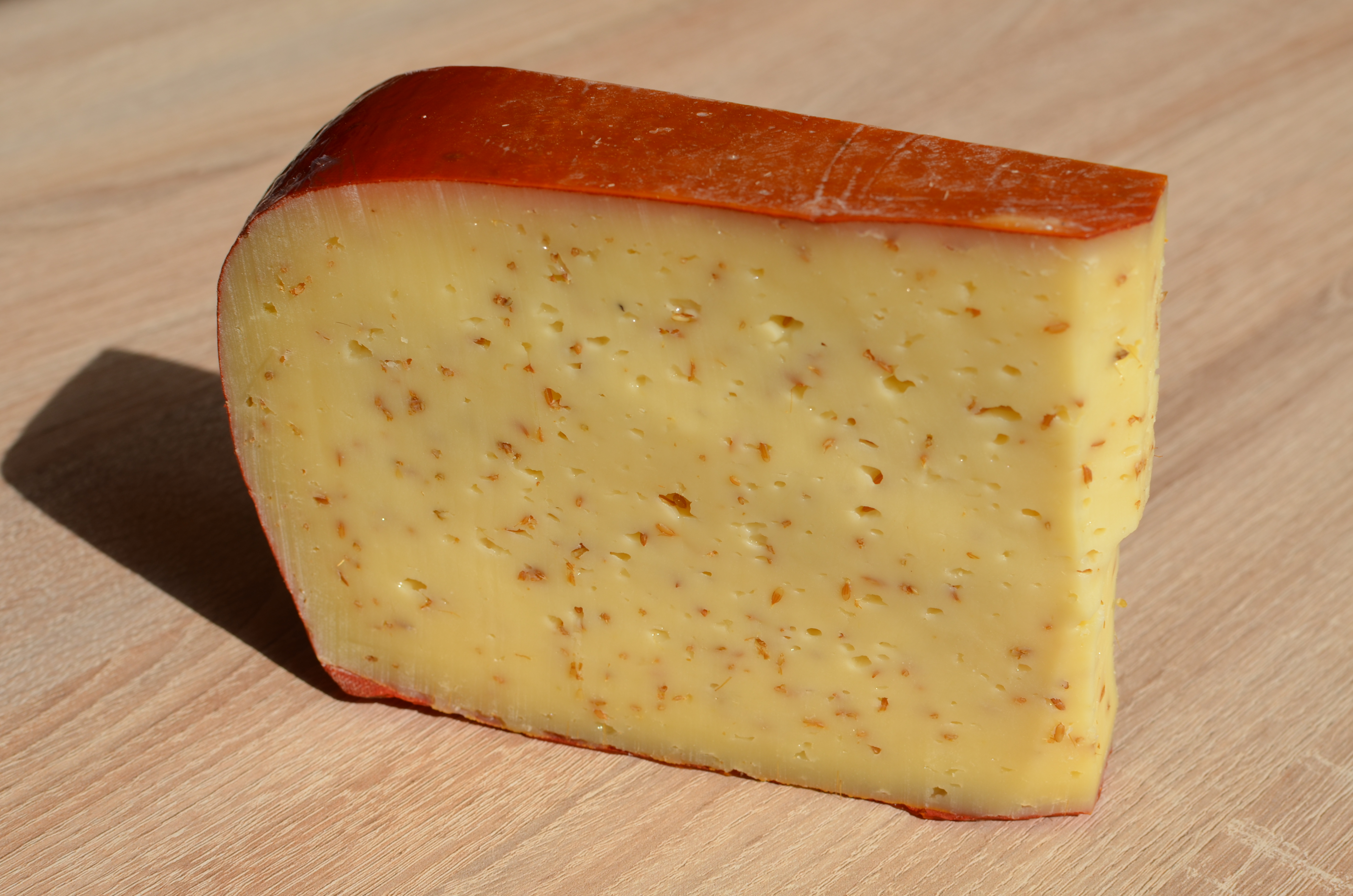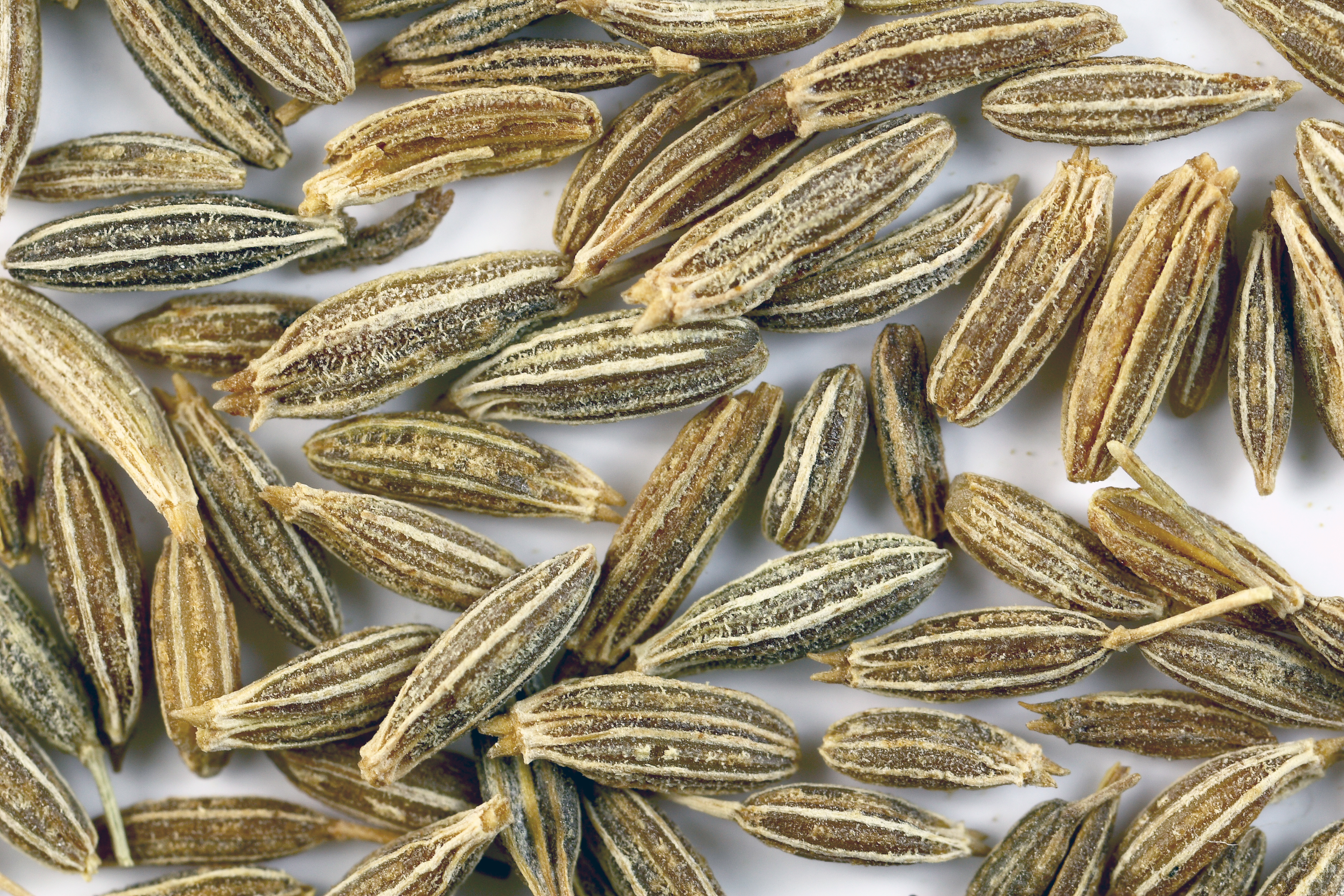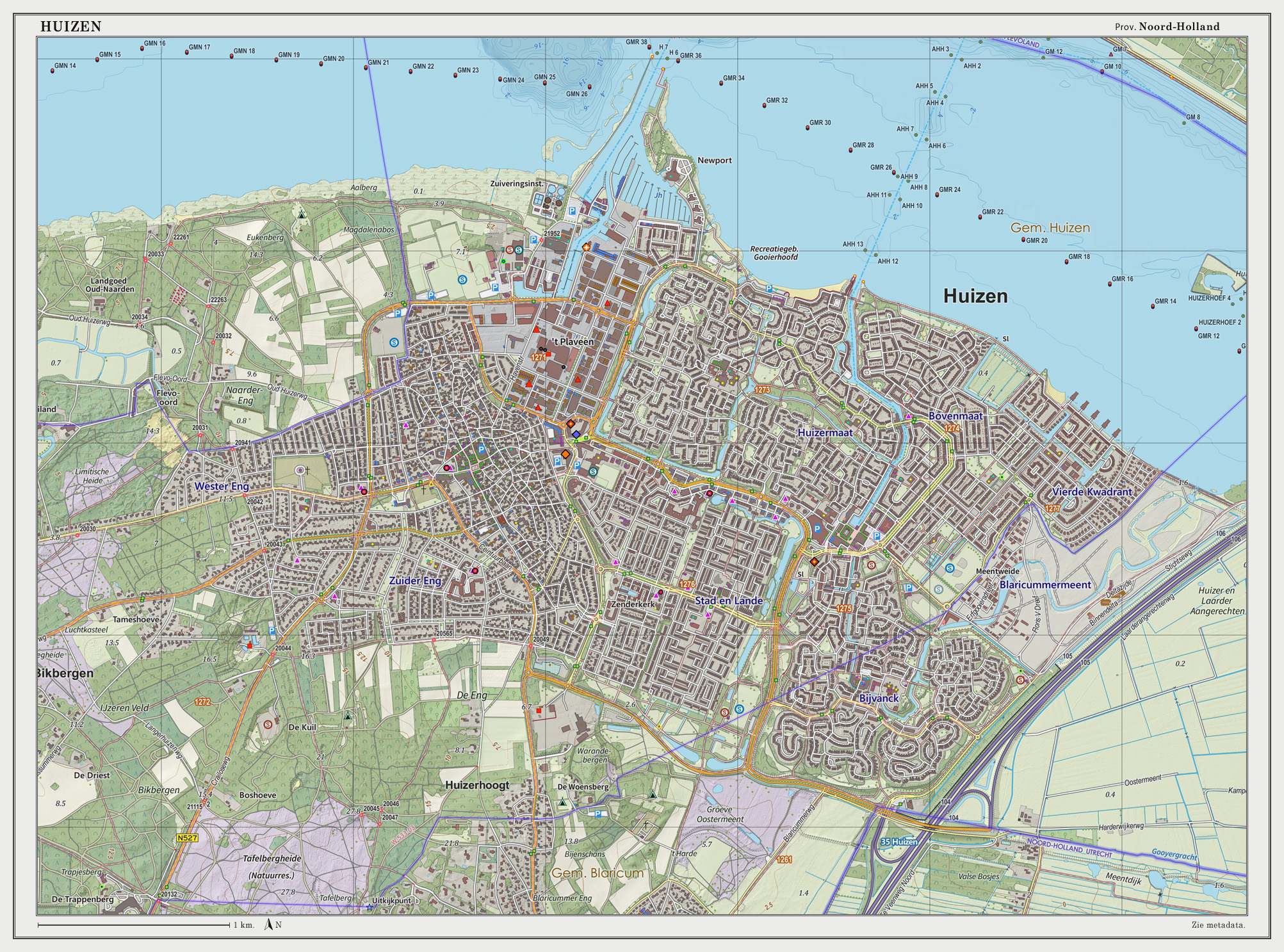|
Dutch Cheeses
This is a list of cheeses from, or connected with, the Netherlands. Dutch cheeses * Beemster cheese, Beemster – a hard cow's milk cheese, traditionally from cows grazed on sea-clay soil in polders. * Boerenkaas – "farmhouse cheese", prepared using raw unpasteurised milk. * Edam cheese, Edam – a red-waxed semi-hard cows' milk cheese named after the town of Edam, Netherlands, Edam. * Graskaas – "grass cheese", a seasonal cows' milk cheese made from the first milkings after the cows are let into the pastures in spring. * Gouda cheese, Gouda – a semi-hard cows' milk cheese traditionally traded in Gouda, South Holland, Gouda, now often used as a worldwide generic term for Dutch-style cheese. * Kanterkaas – "edge cheese", a hard cheese produced in Friesland, with variants flavoured with cumin and cloves. * Leerdammer – a trademarked Emmental (cheese), Emmental-style semi-firm cows' milk cheese. * Leyden cheese, Leyden – a cows' milk cheese flavoured with cumin and cara ... [...More Info...] [...Related Items...] OR: [Wikipedia] [Google] [Baidu] |
Cheese
Cheese is a type of dairy product produced in a range of flavors, textures, and forms by coagulation of the milk protein casein. It comprises proteins and fat from milk (usually the milk of cows, buffalo, goats or sheep). During production, milk is usually acidified and either the enzymes of rennet or bacterial enzymes with similar activity are added to cause the casein to coagulate. The solid curds are then separated from the liquid whey and pressed into finished cheese. Some cheeses have aromatic molds on the rind, the outer layer, or throughout. Over a thousand types of cheese exist, produced in various countries. Their styles, textures and flavors depend on the origin of the milk (including the animal's diet), whether they have been pasteurised, the butterfat content, the bacteria and mold, the processing, and how long they have been aged. Herbs, spices, or wood smoke may be used as flavoring agents. Other added ingredients may include black pepper, ... [...More Info...] [...Related Items...] OR: [Wikipedia] [Google] [Baidu] |
Leyden Cheese
Leyden, from , is a semi-hard, cumin and caraway seed flavoured cheese made in the Netherlands from cow's milk. It is made both in factories and on farms, historically in the Leiden area. is the most common type of '' komijnekaas''—cheese that includes cumin as an ingredient—in the Netherlands. The cheese is round and flat like Gouda cheese; however, it is made with sharp edges on one side and less roundness to its side. It has a fat percentage of 30% to 40%, and can weigh between and . Production On the farms, about 5% of buttermilk may be added to the milk, and it is set with rennet at a temperature of to . About 30 minutes later, the curd is cut with a harp, stirred, and warmed to about by pouring in hot whey. The curd is dipped with a cloth and kneaded. Cumin seeds are added to a portion of the curd, and the curd is then put into cloth-lined hoops in three layers, with the spiced curd as the middle layer. The cheese is pressed for about three hours, then it is red ... [...More Info...] [...Related Items...] OR: [Wikipedia] [Google] [Baidu] |
Vlaskaas
Vlaskaas is a Dutch Gouda cheese with a firm, yet creamy texture and a sweet, sharp flavor. Vlaskaas is made under the Beemster brand by the farmer-owned cooperative, CONO Kaasmakers in the Netherlands. The name translates to "flax cheese" but there is no flax Flax, also known as common flax or linseed, is a flowering plant, ''Linum usitatissimum'', in the family Linaceae. It is cultivated as a food and fiber crop in regions of the world with temperate climates. In 2022, France produced 75% of t ... in the cheese. The name is in honor of the historic importance of flax in the Dutch economy. References External links Vlaskaas on the Beemster website Dutch cheeses {{Cheese-stub ... [...More Info...] [...Related Items...] OR: [Wikipedia] [Google] [Baidu] |
Roomano
Roomano () is an aged hard Gouda-style cheese from Friesland in the northern Netherlands. While butterfat requirements for Gouda are 48% butterfat or more, Roomano contains less than 48% butterfat. It is made from cow's milk, and is typically aged for four or more years. The cheese's flavor is very complex, salty and sweet with hints of roasted hazelnut and toffee. The cheese pairs well with strong flavors such as aged sherries, ports or Belgian ales. See also * List of cheeses This is a list of cheeses by place of origin. Cheese is a milk-based food that is produced in wide-ranging flavors, textures, and forms. Hundreds of types of cheese from various countries are produced. Their styles, textures and flavors dep ... References Dutch cheeses Cow's-milk cheeses {{Cheese-stub ... [...More Info...] [...Related Items...] OR: [Wikipedia] [Google] [Baidu] |
Prima Donna (cheese)
Prima Donna is a Dutch cheese brand of Vandersterre Groep.Gordon Edgar ''Cheesemonger: A Life on the Wedge'' 2010 pg.178 : ''An older woman with an accent, German Swiss I think, held up a piece of a Dutch cheese that is actually called "Prima Donna." Because of the price of the cheese, we cut it through the middle and then wedge it so we can sell pieces between ...'' References External linksAbout Prima Donna cheese Dutch cheeses {{cheese-stub ... [...More Info...] [...Related Items...] OR: [Wikipedia] [Google] [Baidu] |
Parrano Cheese
Parrano cheese is a cow milk cheese produced in the Netherlands. It tastes mild and nutty, combining salty and sweet flavours. It has a semi-firm texture and a smooth, golden coloured paste. Made from pasteurized milk, Parrano is produced in wheels and is aged for 5 months. Combining the flavour of aged parmesan with a pliant texture, Parrano is marketed as an Italian-style cheese. Taglines have included "The Dutch cheese that thinks it’s Italian" and "Sort of Italian." However, Parrano is technically Gouda cheese although its flavour is more pronounced than that of traditional Gouda. Parrano is a versatile cheese that is easy to shred, slice and melt. It is well suited for entertaining, cooking and snacking. Its flavour complements many different types of cuisine, especially Italian dishes. Parrano won a gold medal at the 2006 World Championship Cheese Contest in Madison, Wisconsin, for 'Best of class, Gouda.' It was also first runner up for the World Champion Cheese Title ... [...More Info...] [...Related Items...] OR: [Wikipedia] [Google] [Baidu] |
Cumin
Cumin (, ; ; ''Cuminum cyminum'') is a flowering plant in the family Apiaceae, native to the Irano-Turanian Region. Its seeds – each one contained within a fruit, which is dried – are used in the cuisines of many cultures in both whole and ground form. Although cumin is used in traditional medicine, there is no high-quality evidence that it is safe or effective as a therapeutic agent. Etymology and pronunciation The term comes via Middle English ''comyn'', from Old English ''cymen'' (which is cognate with Old High German ''kumin'') and Old French cummin, both from the Latin term . This in turn comes from the Ancient Greek (), a Semitic languages, Semitic borrowing related to Hebrew language, Hebrew () and Arabic (). All of these ultimately derive from Akkadian language, Akkadian (). The English word is traditionally pronounced (), like "coming" with an ⟨n⟩ instead of ⟨ng⟩ (/ŋ/)."Cumin." '' A Way with Words'' (Radio broadcast/podcast). 25 October 2014. Re ... [...More Info...] [...Related Items...] OR: [Wikipedia] [Google] [Baidu] |
Clove
Cloves are the aromatic flower buds of a tree in the family Myrtaceae, ''Syzygium aromaticum'' (). They are native to the Maluku Islands, or Moluccas, in Indonesia, and are commonly used as a spice, flavoring, or Aroma compound, fragrance in final good, consumer products, such as toothpaste, soaps, or cosmetics. Cloves are available throughout the year owing to different harvest seasons across various countries. Etymology The word ''clove'', first used in English in the 15th century, derives via Middle English , Anglo-French ''clowes de gilofre'' and Old French , from the Latin word ' "nail". The related English word ''gillyflower'', originally meaning "clove", derives via said Old French and Latin ', from the Greek "clove", literally "nut leaf". Description The clove tree is an evergreen that grows up to tall, with large leaves and crimson flowers grouped in terminal clusters. The flower buds initially have a pale hue, gradually turn green, then transition to a bright red ... [...More Info...] [...Related Items...] OR: [Wikipedia] [Google] [Baidu] |
Friesian Clove
Nagelkaas, also called Frisian Clove cheese, (igourmet.com) is an unprotected name variant of kanterkaas, a Dutch developed in the Friesland
Friesland ( ; ; official ), historically and traditionally known as Frisia (), named after the Frisians, is a Provinces of the Netherlands, province of the Netherlands located in the country's northern part. It is situated west of Groningen (p ... region of the Netherlands. It is a firm-textured [...More Info...] [...Related Items...] OR: [Wikipedia] [Google] [Baidu] |
Maasdam Cheese
Maasdam cheese () is an Emmental-style Dutch cheese. Made from cow's milk Milk is a white liquid food produced by the mammary glands of lactating mammals. It is the primary source of nutrition for young mammals (including breastfed human infants) before they are able to digest solid food. Milk contains many nutr ..., it is aged for at least four weeks. It ripens faster than other cheeses made in the Netherlands. Maasdam has internal voids, or holes from the ripening process, and a smooth, yellow rind. Sometimes, it is waxed like Gouda. The cheese was created to compete with Swiss Emmentaler cheeses by being less expensive and quicker to produce. In the process of making a cheese with the same general components as Swiss cheeses, the Dutch ended up with a cheese that is nutty and sweet, but softer than Emmental, due to a higher moisture content. The style was introduced in 1984 by the Baars company as the trademarked Leerdammer cheese, although it is now made by other ... [...More Info...] [...Related Items...] OR: [Wikipedia] [Google] [Baidu] |
Huizen
Huizen () is a municipality and a village in the province of North Holland, the Netherlands. The name "Huizen" is Dutch for "houses" and this usage has been linked to the belief that the first stone houses in the region, instead of the more common sod houses of the time, appeared here. Huizen is part of the metropolitan area of Amsterdam. History Huizen was originally an agricultural village, near the Zuiderzee until 1932. During winter the farmers went fishing, which started the development from an agricultural to a coastal village with a thriving fishing industry, stimulated by building the harbour around 1850. After the damming of the Zuiderzee in 1932, the old sea became a lake, and economic activity shifted towards industry and commerce. In the 1960s the town was designated to build substantially large residential areas, to overcome the housing shortage in the region. From then on, the village took on an influx of people and grew rapidly. Where the Phohi-flat now stands ... [...More Info...] [...Related Items...] OR: [Wikipedia] [Google] [Baidu] |



